Seamless Global Reach with Automatic Translation
In today’s interconnected world, automatic translation plays a crucial role in overcoming the barriers of language and culture, enabling businesses to thrive in a globalized digital landscape. Automatic translation leverages advanced Machine Learning (ML) and Neural Machine Translation (NLP), allowing software and SaaS companies to rapidly and accurately translate their digital content across multiple language pairs.
However, the journey of localization involves challenges. Companies must navigate the complexities of accurately translating technical jargon, maintaining the brand’s voice, and adapting content to resonate within diverse cultural contexts. According to the “Can’t Read, Won’t Buy—B2C” report by CSA Research, 40% of consumers aren’t willing to purchase a product from a website of a different (non-native) language, underscoring the necessity of effective translation for business success in the international market.
In this article, we’ll see how automatic translation, integrated within translation management systems, can address these challenges. We’ll explore the evolution of this technology, identify common hurdles in the localization process, and discuss the criteria for selecting the right translation solution for your business to enhance global reach.
The Era of Automatic Translation
This era has been marked by significant technological advancements, transforming how businesses operate in the software and SaaS industry. From the early days of simple machine translation, the field has evolved into complex systems utilizing NLP technologies. These systems leverage artificial intelligence (AI) to provide more accurate and context-aware translations than ever before.
The capacity of automatic translation to bridge language barriers is crucial if you’re aiming to expand your global reach. Today, with the aid of sophisticated translation engines, your business can instantly translate vast amounts of content into multiple different languages, making your products and services accessible worldwide. This accessibility is crucial in a competitive global market where translation workflows and language translation capabilities often determine a company’s success.
A key example of these advancements is Google Translate, which now uses cutting-edge machine-learning algorithms to support over 100 language pairs, significantly enhancing both the speed and accuracy of translations. This capability not only supports basic communication but also empowers companies to manage the translated content and translation processes more efficiently.
Automatic translation tools have become an integral part of content translation software, with functionalities that integrate seamlessly into existing translation workflows. These tools are particularly beneficial in real-time communication scenarios, such as customer support and product documentation, ensuring that all users, regardless of their native language, receive the information they need in a timely manner.
Overcoming Localization Challenges
Navigating the localization landscape presents unique challenges for companies operating globally. These challenges include the accurate translation of technical jargon, retaining the essence of cultural nuances, and maintaining a consistent brand voice across various languages. Each aspect demands a high level of precision to ensure the message resonates effectively with the target audience, regardless of cultural background.
Although automatic translation can significantly streamline translation workflows and improve the consistency of translated content nowadays, there are concerns about their ability to handle cultural sensitivity and idiomatic expressions, which are crucial for ensuring that translations are not only accurate but also resonate culturally with the target audience.
To tackle these challenges, high-quality translation and human intervention in post-editing are utilized to ensure that the source text aligns with the cultural and linguistic expectations of each target language.
A six-year-old (2018) research from the University of Padua forecasted that by 2019, over 59% of the content within companies will be translated or pre-translated using automated systems, which human translators will then refine.

Source: University of Padua Research
With the growing AI technology and its breakthrough in translation quality, it facilitates businesses to start expanding globally. A report by Market Research Future (MRFR) has forecasted that the translation service market is expected to reach $ 47.21 billion, expanding at a CAGR of 2.60 by 2030.
In addition to technical accuracy, automatic translation tools equipped with NLP capabilities are becoming increasingly proficient at understanding and conveying cultural nuances. This is crucial in maintaining a brand’s voice, which must be consistent yet flexible enough to adapt to local contexts without losing its global appeal.
Why Software/SaaS Companies Need a Translation Management System
For software and SaaS companies operating in the global market, the integration of a translation management system (TMS) with automatic translation capabilities is no longer just an option–it’s a necessity. Such systems are crucial in enhancing translation workflows, ensuring accuracy, and expanding market reach without the need for excessive resources.
A TMS automates the localization process, efficiently managing the translated content across multiple platforms and different languages. This automation helps reduce the potential for human error and significantly reduces the time and resources traditionally required for manual translation efforts. Streamlining these processes allows you to deploy your products and services faster and more reliably to global markets.
A recent study highlights how machine learning (ML) and neural machine translation (NMT) technologies have revolutionized translation software, making these systems indispensable for businesses looking to maintain consistency and quality in translation work.
Furthermore, translation management systems are crucial for maintaining the integrity of translation memory databases. These databases store previously translated segments, which can be reused to maintain consistency and accelerate future translations. Such features are essential for software and SaaS companies that need to update and localize their products continuously.
Choosing the Right Partner for Your Localization Journey
Selecting the right translation management platform is crucial for success in global markets. Several key factors should be considered when choosing a partner for your localization journey.
- Reliability is crucial; a platform should consistently perform well under varying loads and conditions, ensuring that translations are processed efficiently and accurately.
- The ease of use of the platform also plays a significant role, as it should allow team members to seamlessly navigate and utilize its features with minimal training.
- Customer support is critical. A responsive support team can greatly enhance your experience, providing quick solutions and guidance necessary to resolve issues that may arise during the localization process.
- It is essential to efficiently handle complex localization projects involving multiple formats, different languages, and translation workflows.
- Choosing the right translation solution that includes plugins for website translations and supports different languages, such as Arabic, French, German, and Russian, is crucial for comprehensive localization projects.
While automatic translation systems offer many benefits, they come with limitations, particularly when nuanced, context-specific translations are required. The inclusion of human translation is invaluable in these instances, providing cultural insight and linguistic subtlety that machines currently cannot achieve. This is where advanced platforms like OneSky excel, integrating the efficiency of machine translation with the expertise of human translators to deliver a superior translation solution.
Unlock Global Success with OneSky
Embracing automatic translation is not just about overcoming language barriers; it’s a strategic advantage in today’s fast-paced global market. By combining advanced AI-powered translation technologies reviewed by human linguists, OneSky offers a unique blend that enhances accuracy and cultural relevance, standing out in the translation service industry.
One of OneSky’s standout features is the integration of human translators, who ensure that even the subtlest linguistic nuances are captured and conveyed appropriately. This human touch, combined with powerful machine translation and a robust translation management system (TMS) at an affordable price, makes OneSky a top choice for businesses aiming to expand their global footprint.
OneSky offers a professional translation service that incorporates natural language processing and is ideal for new language markets. It also optimizes SEO for different types of content across different use cases.
Translate anything and everything under the sky with OneSky. Streamline your translation workflows, enhance translation quality, or manage complex localization projects with OneSky’s advanced tools.

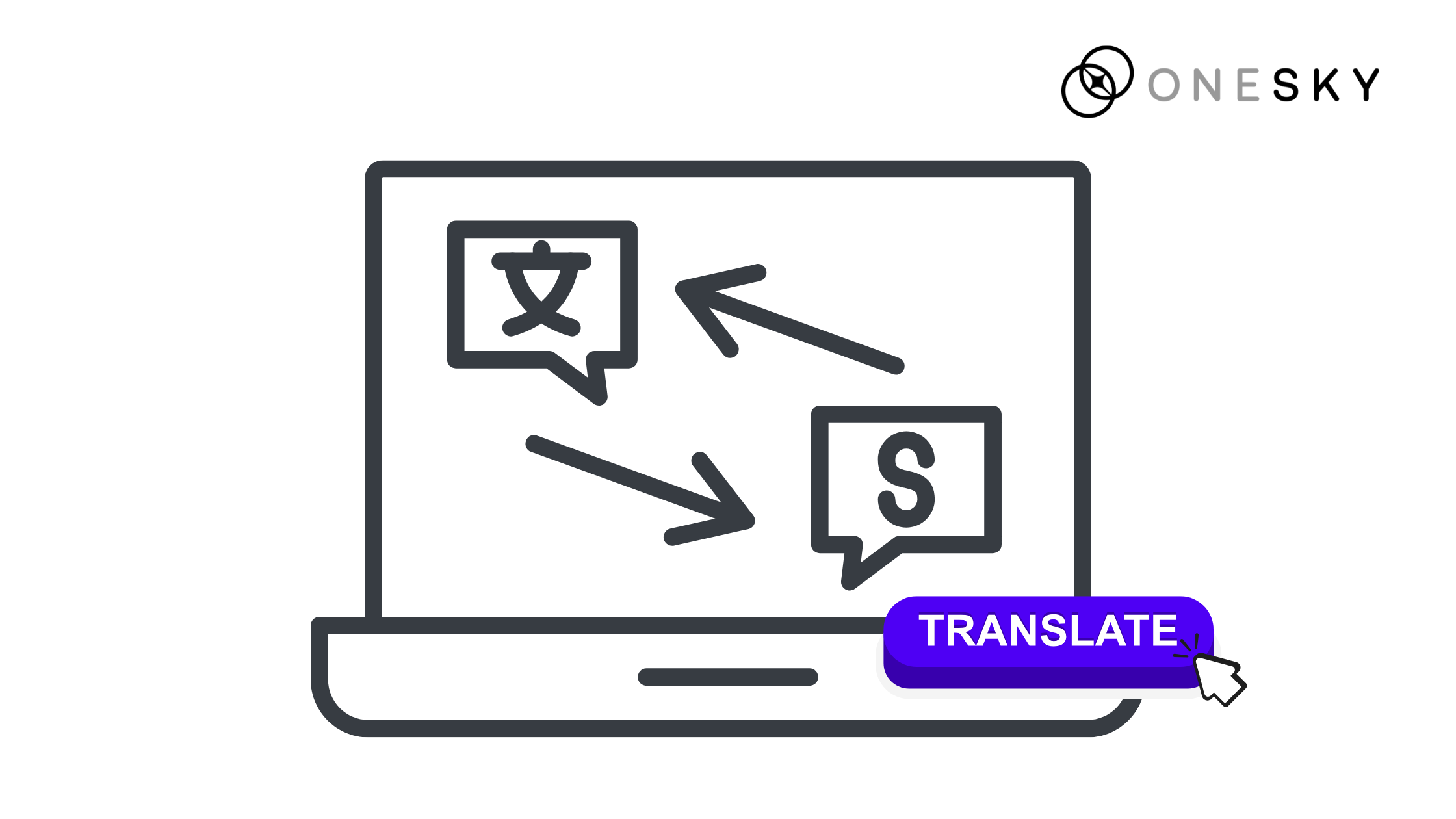
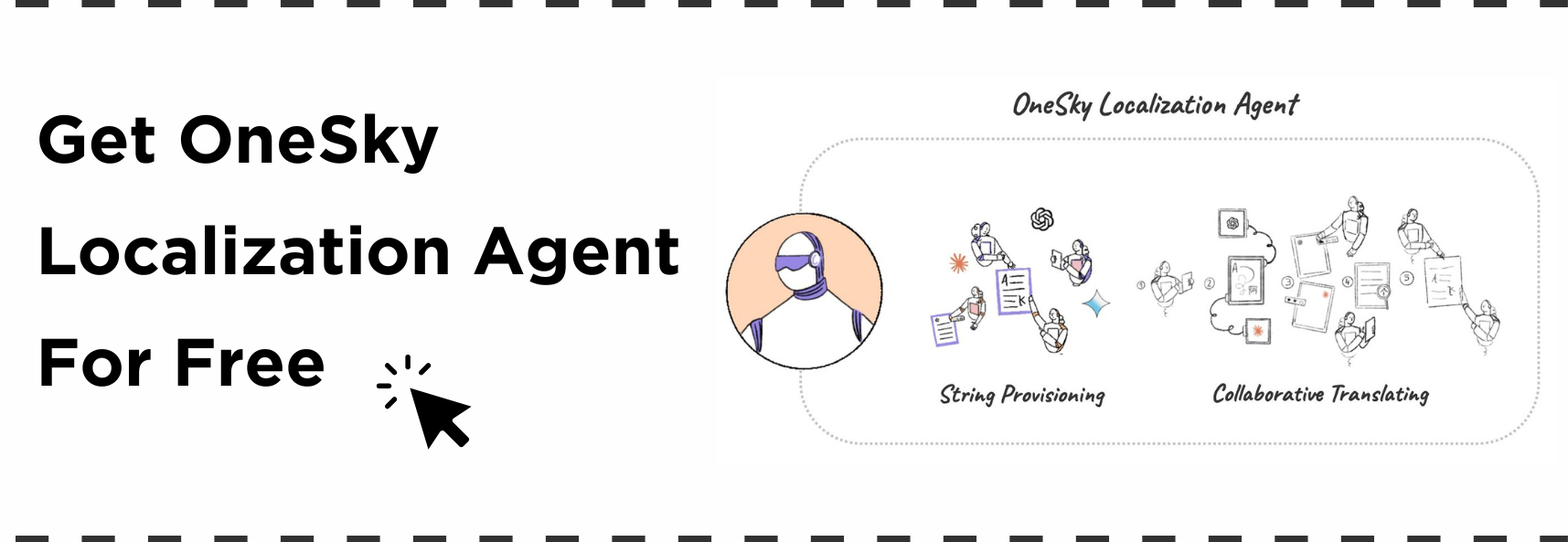
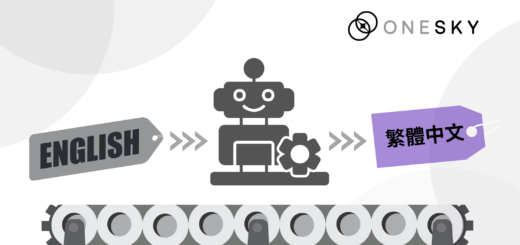
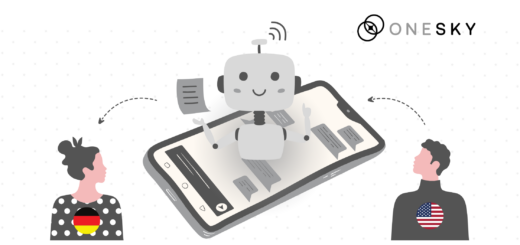
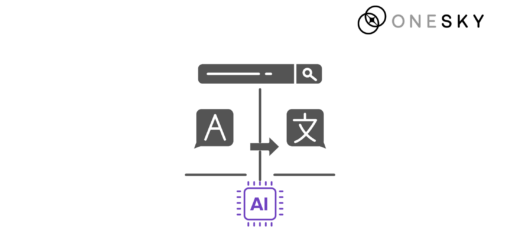
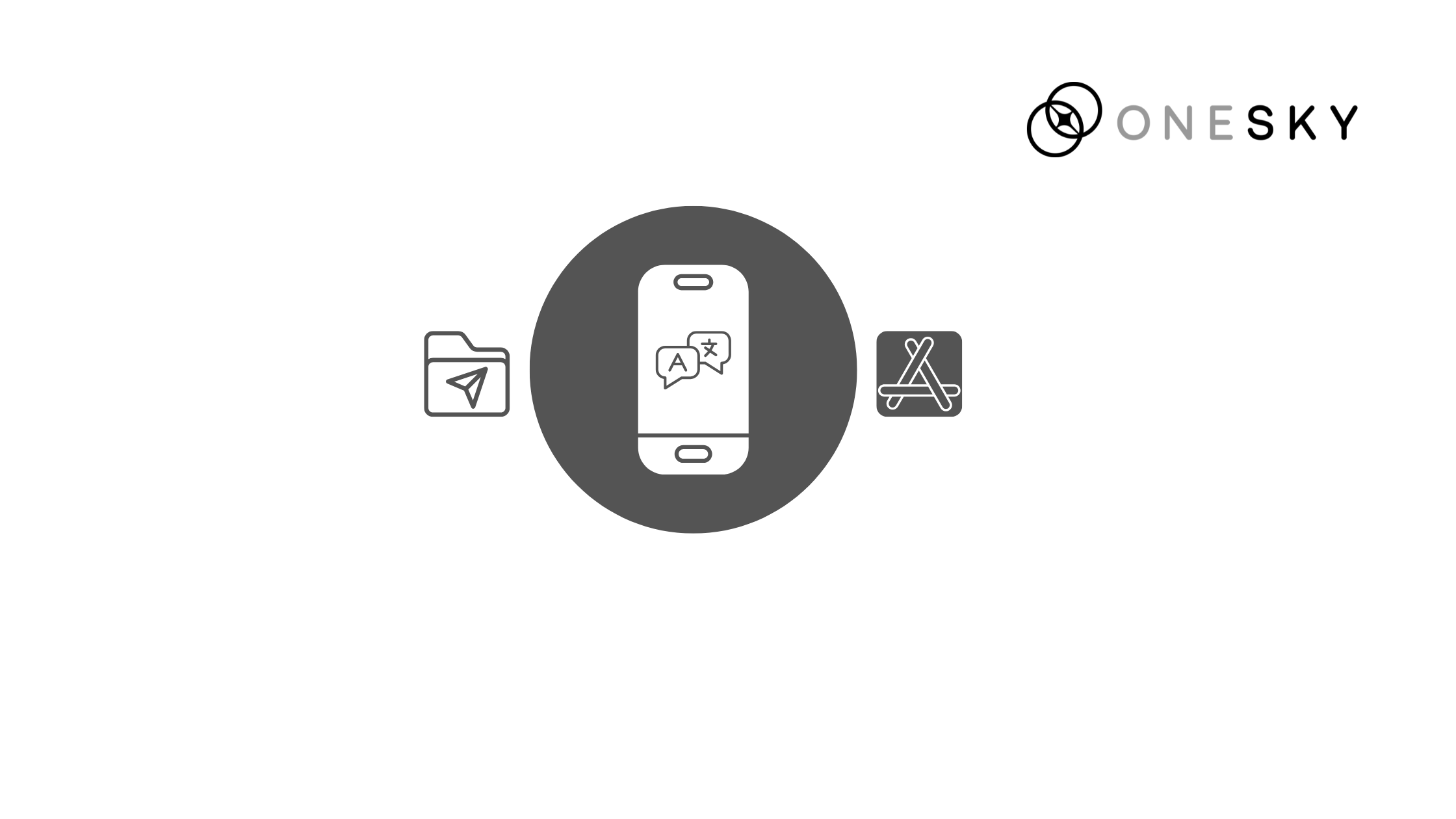


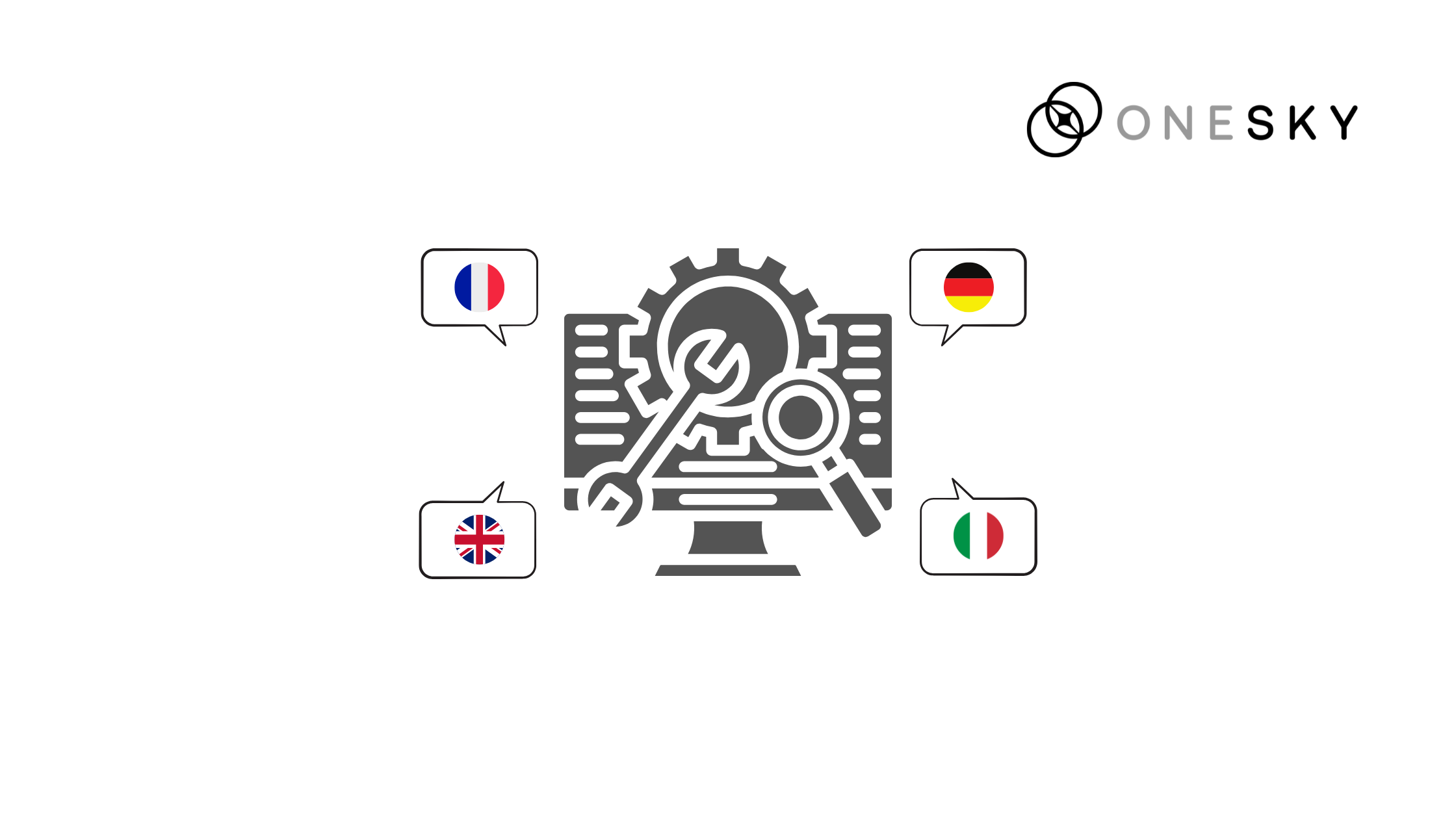

 Written by
Written by 


